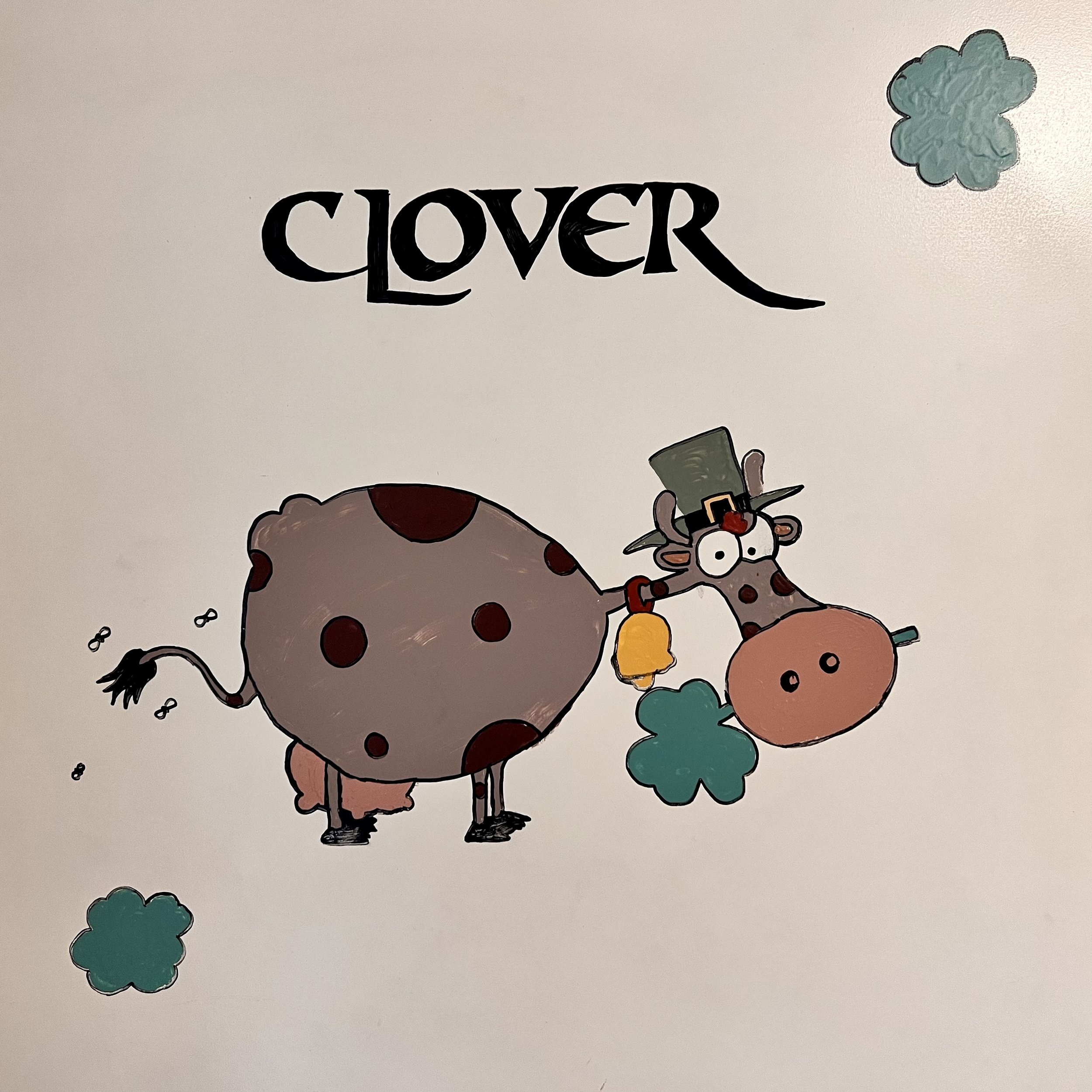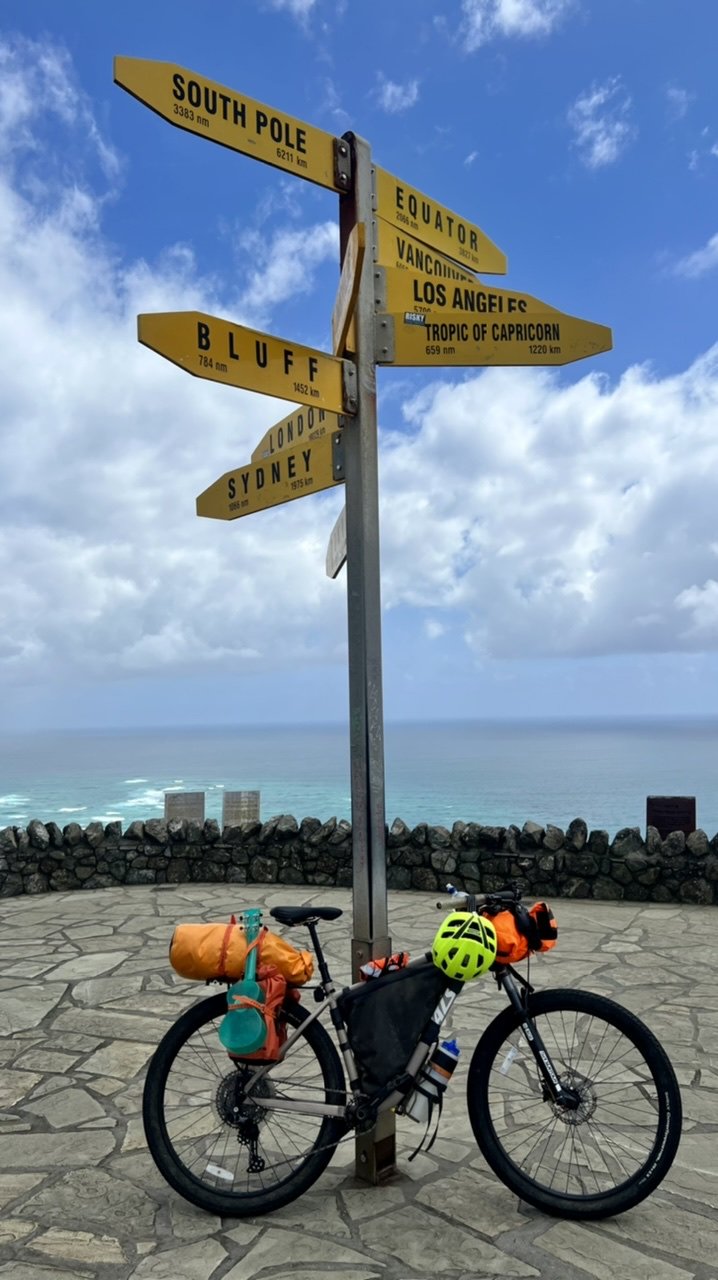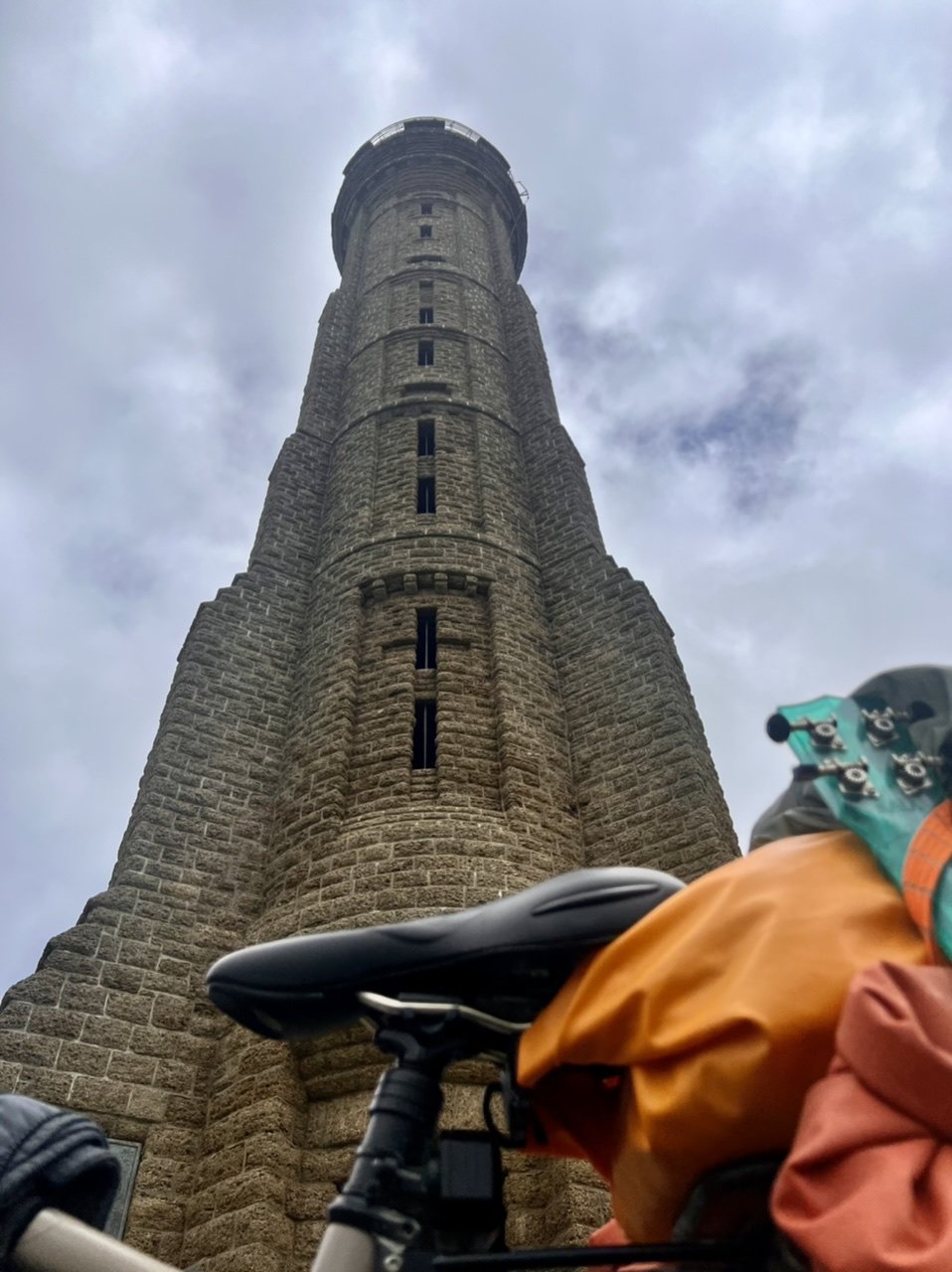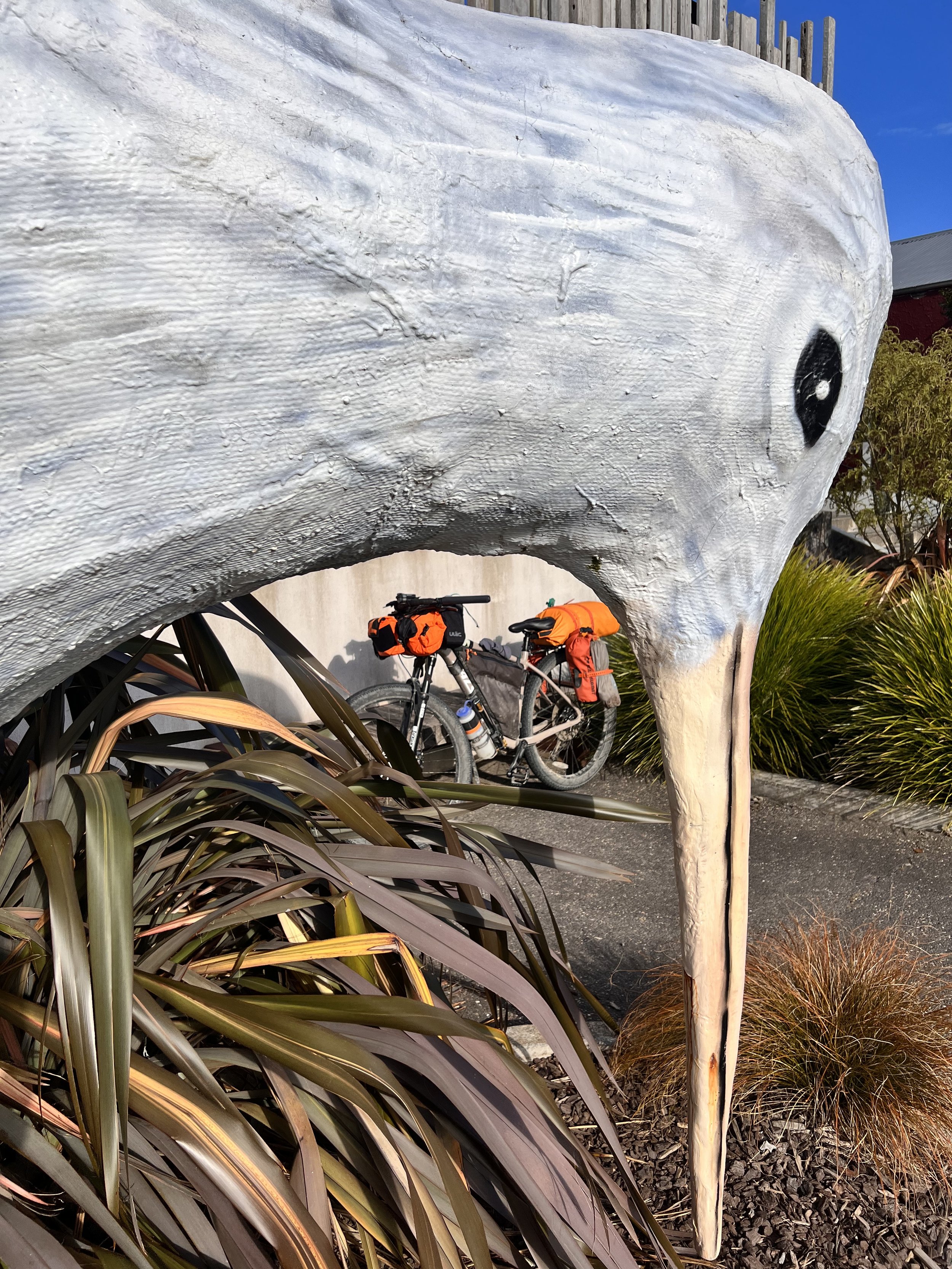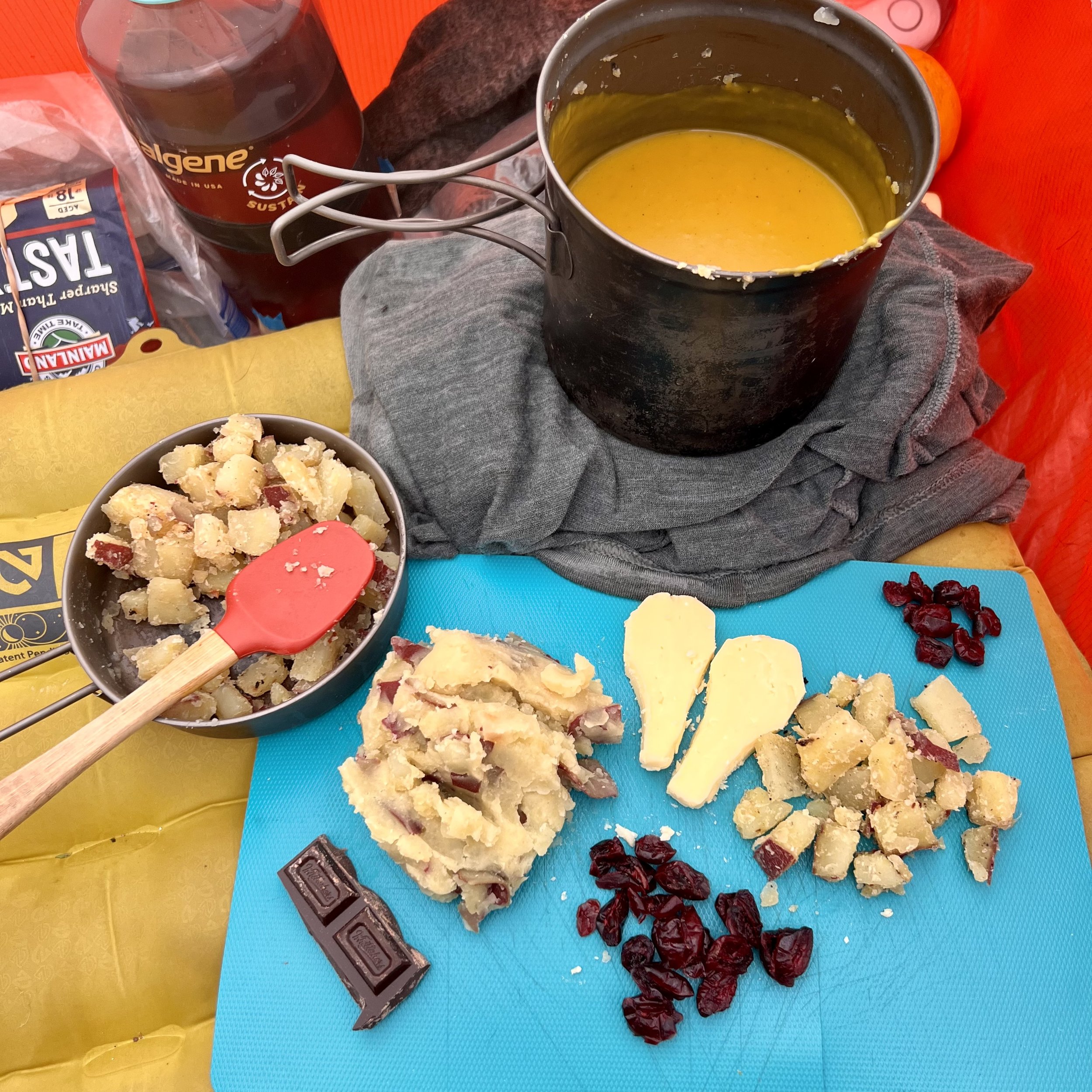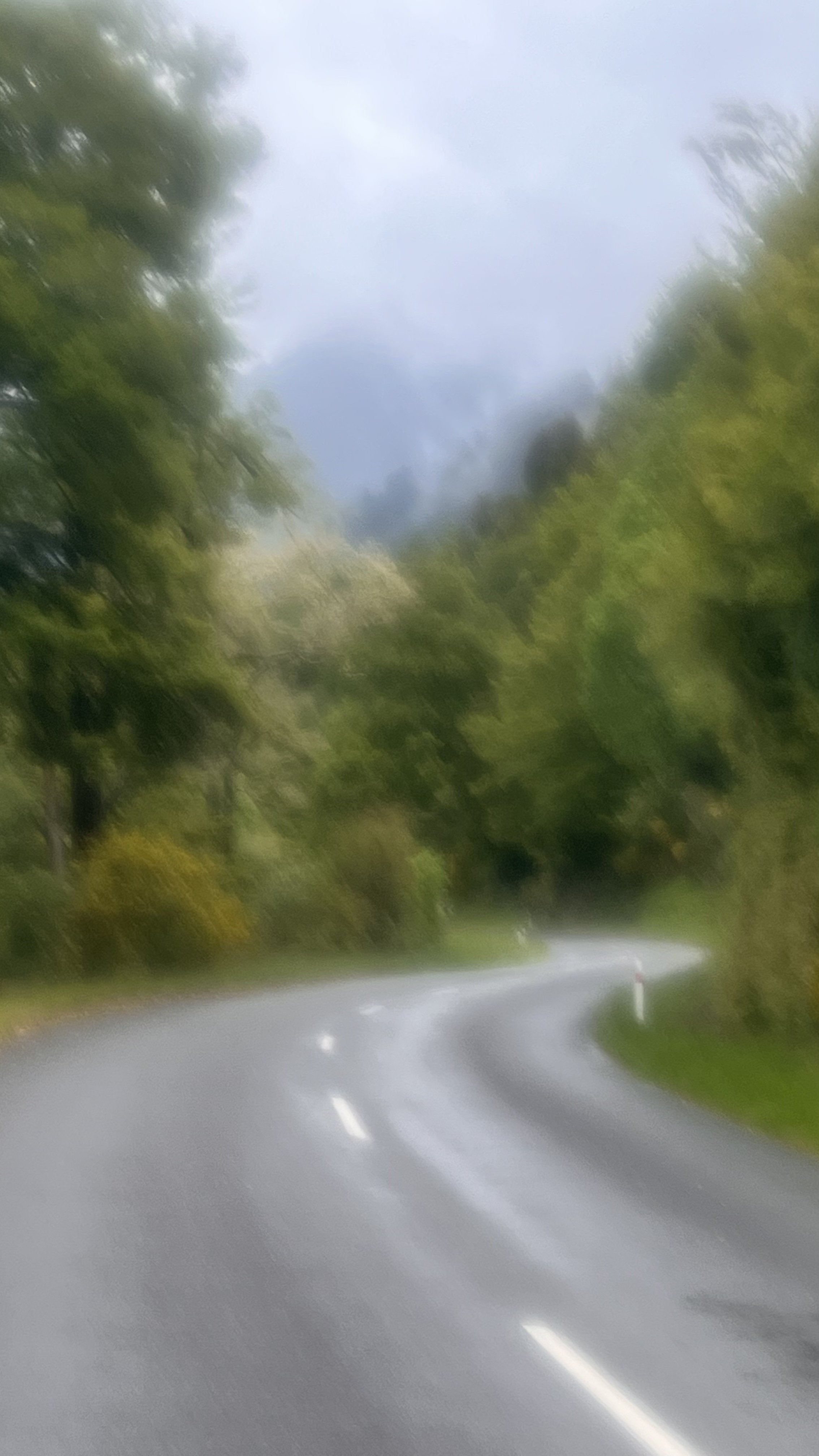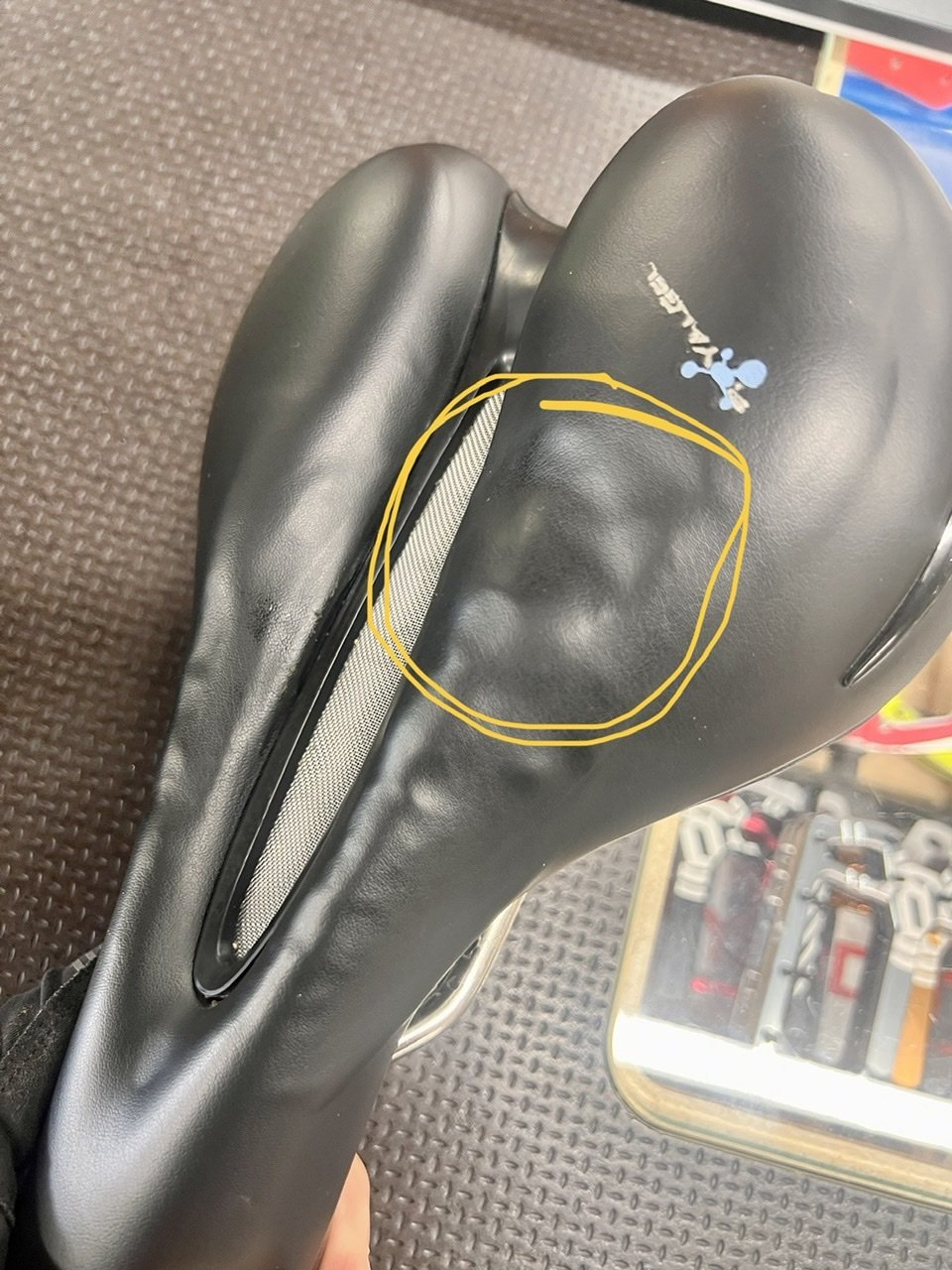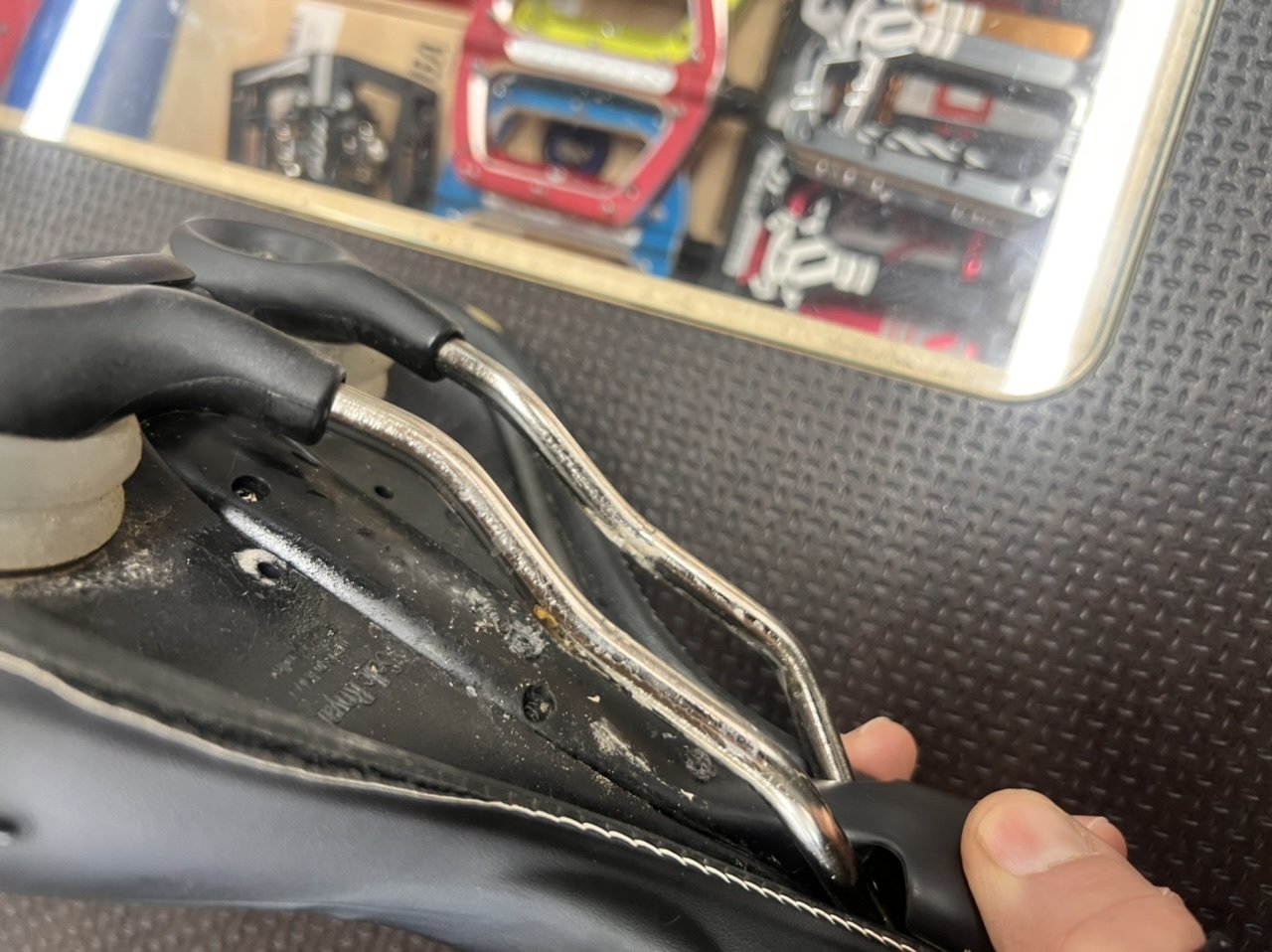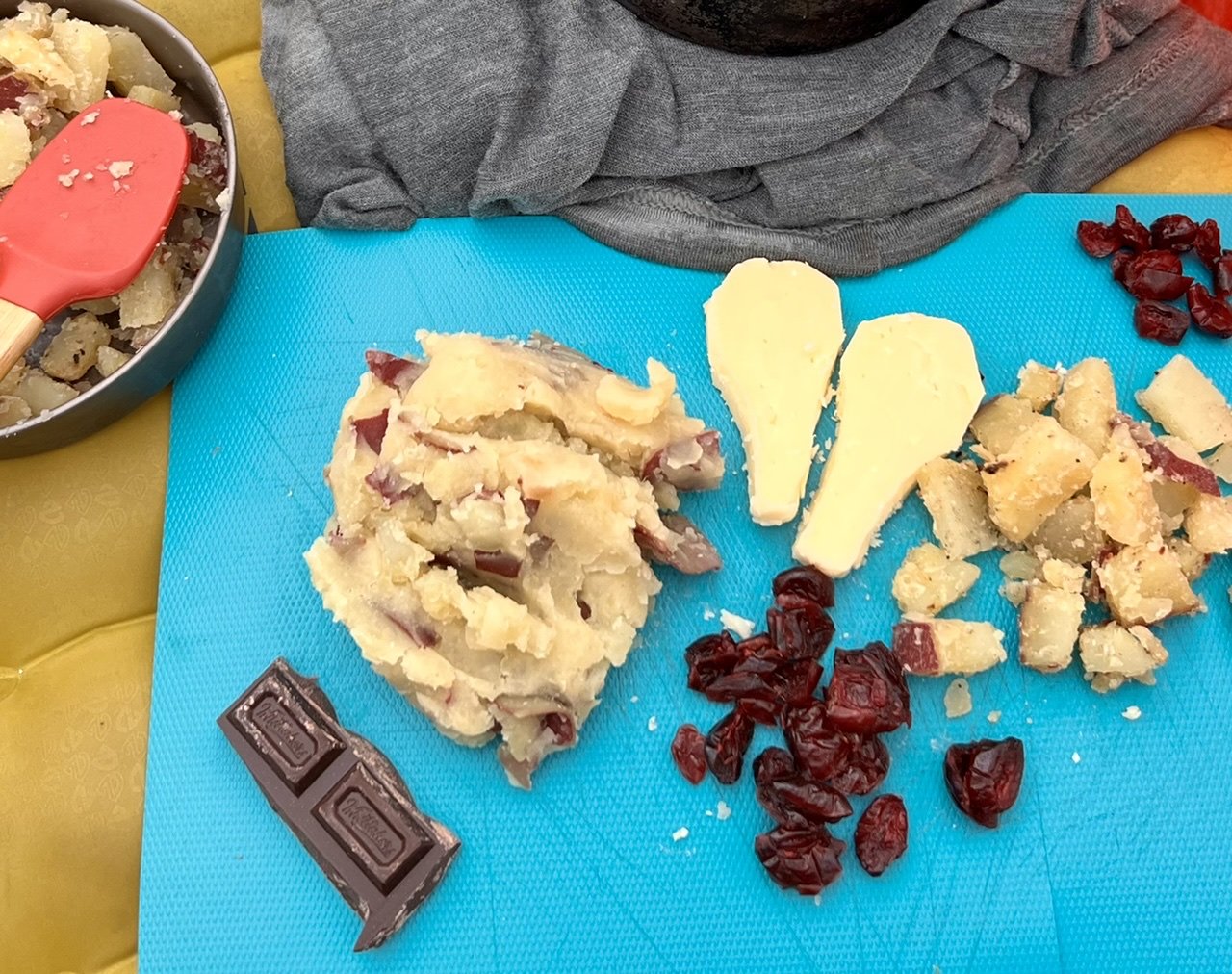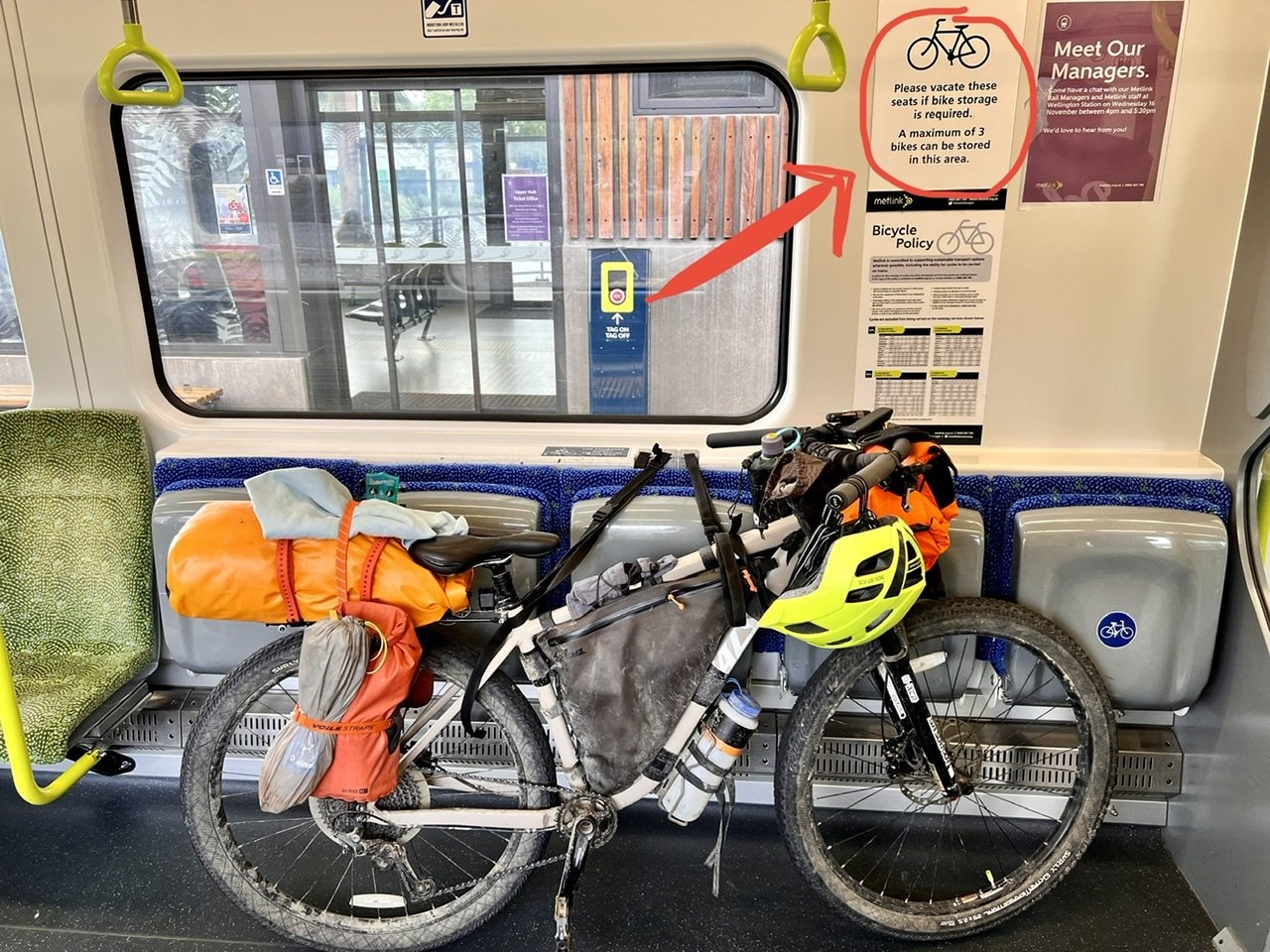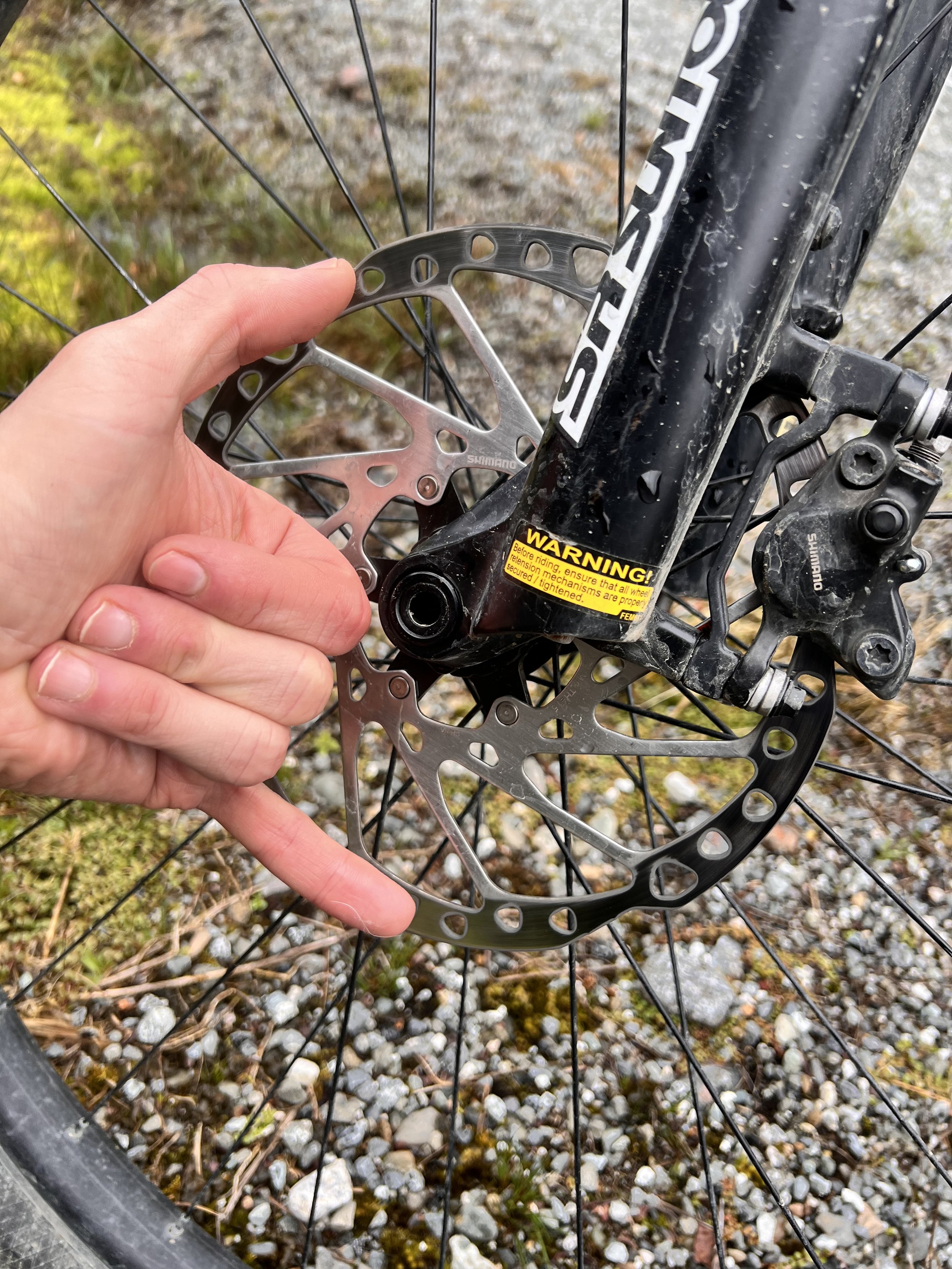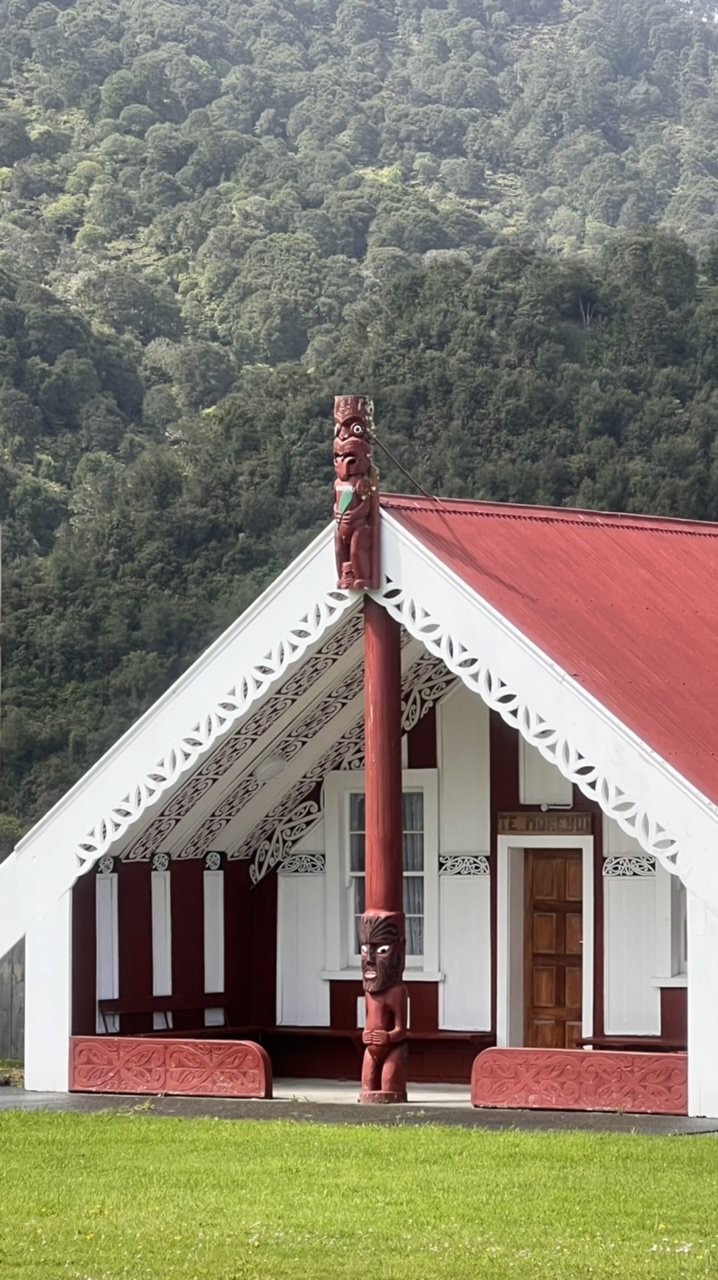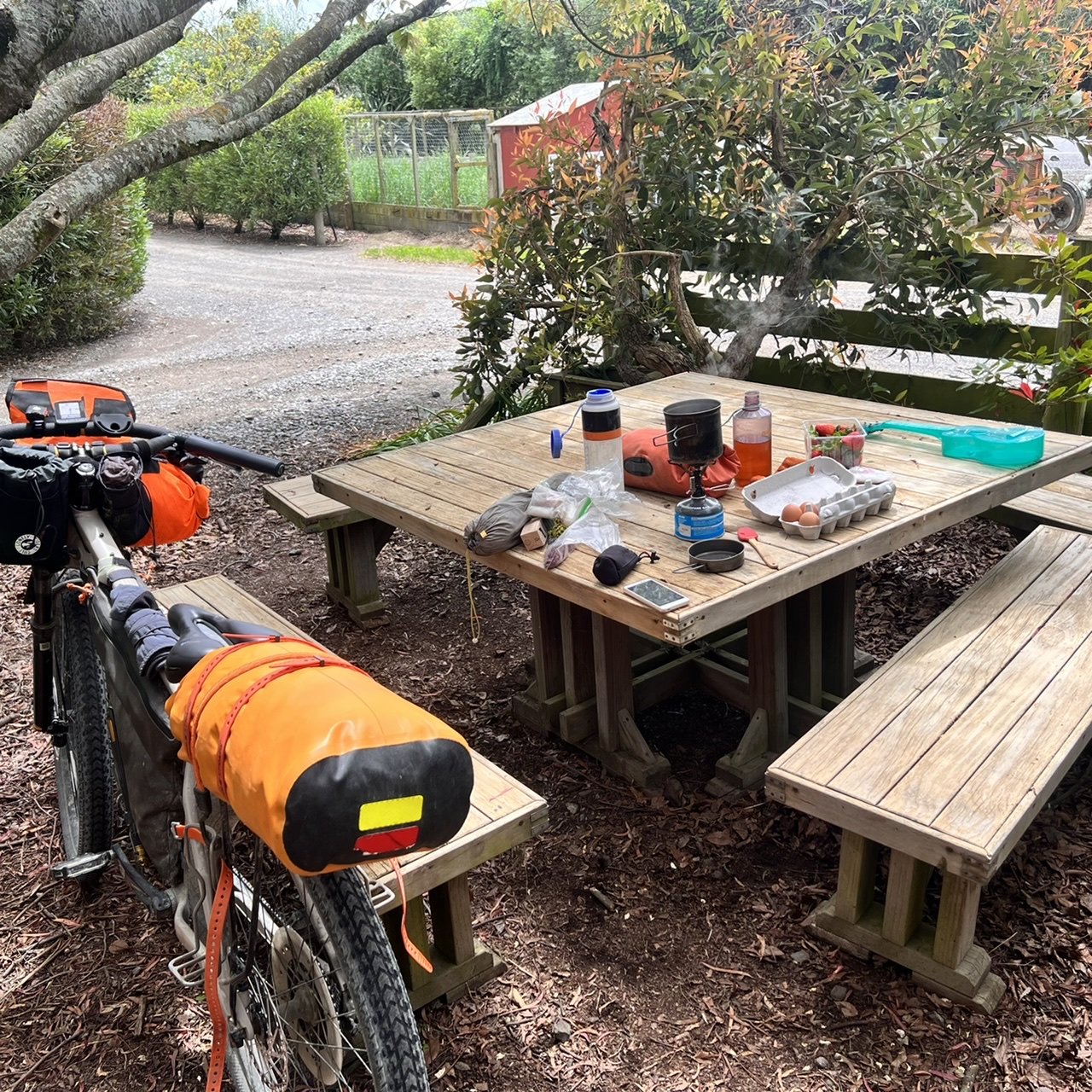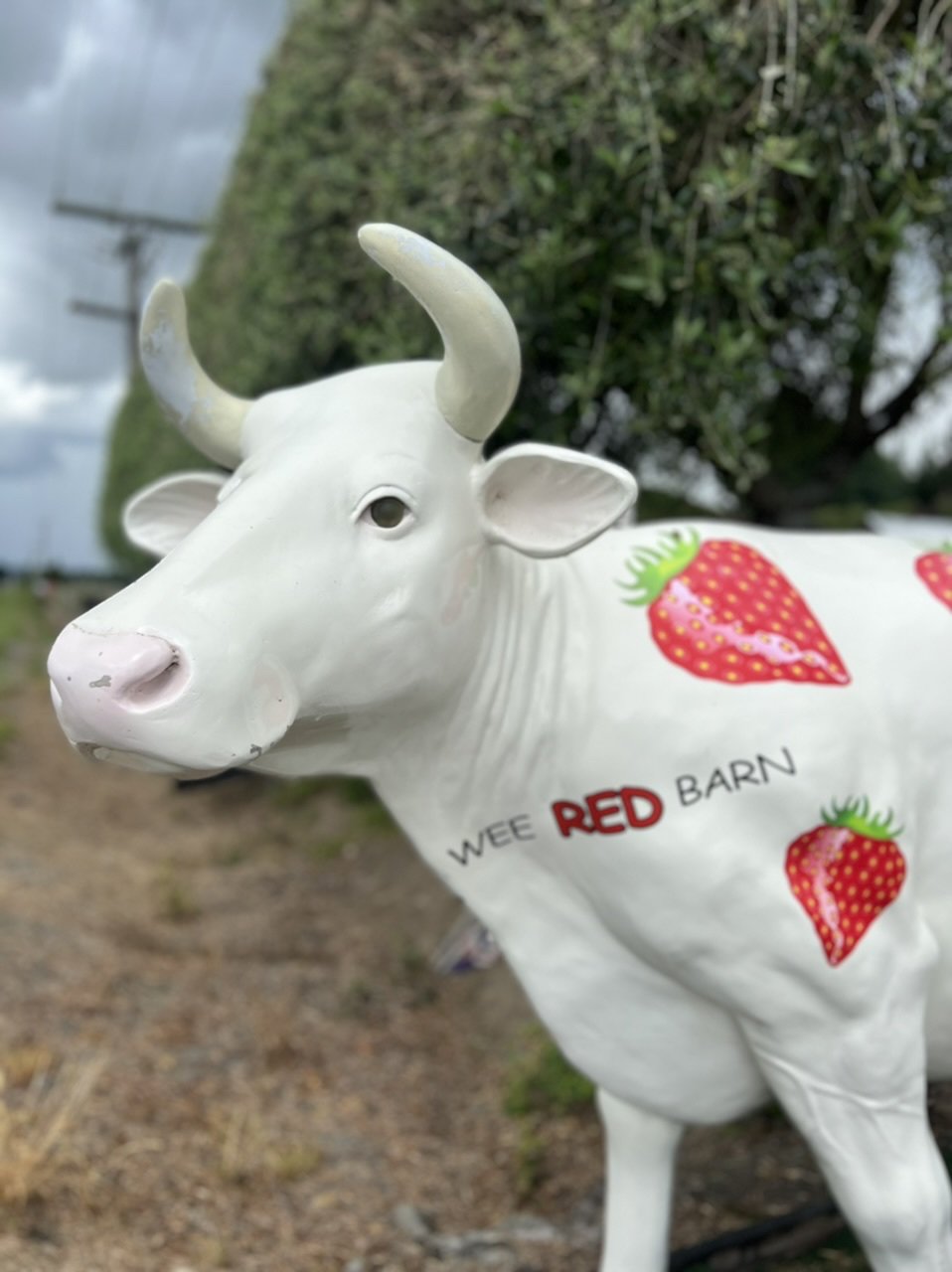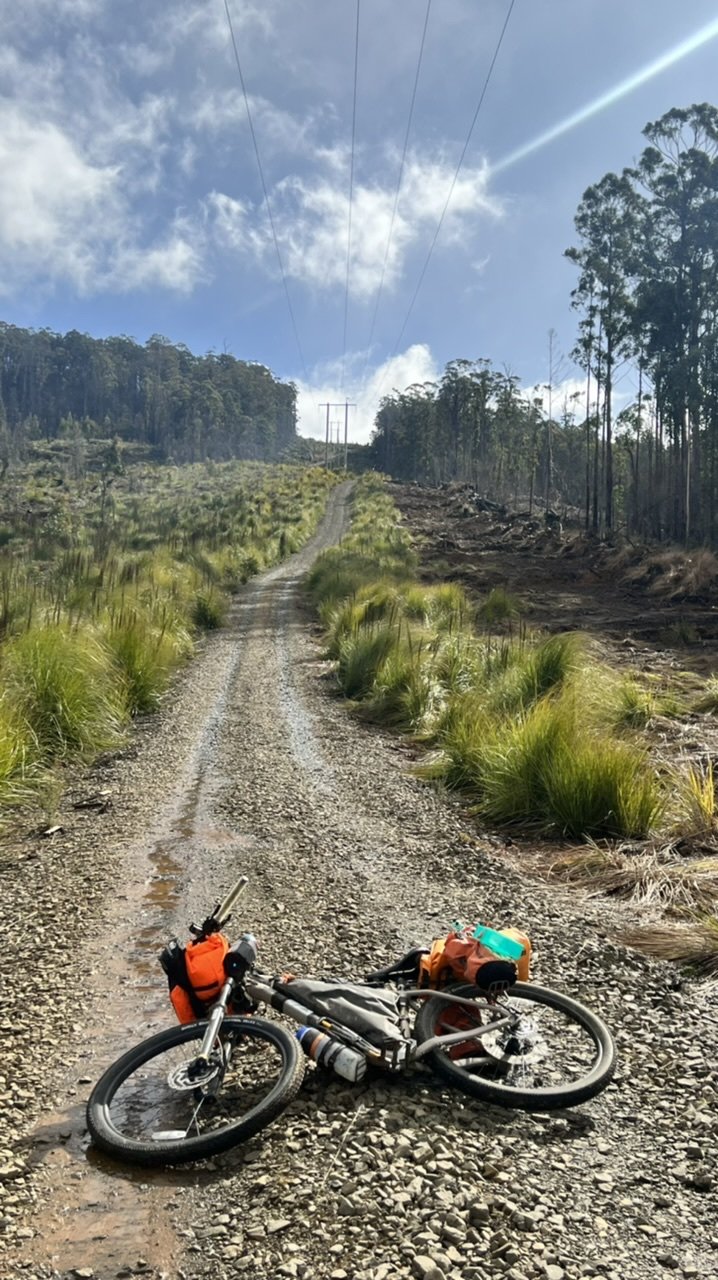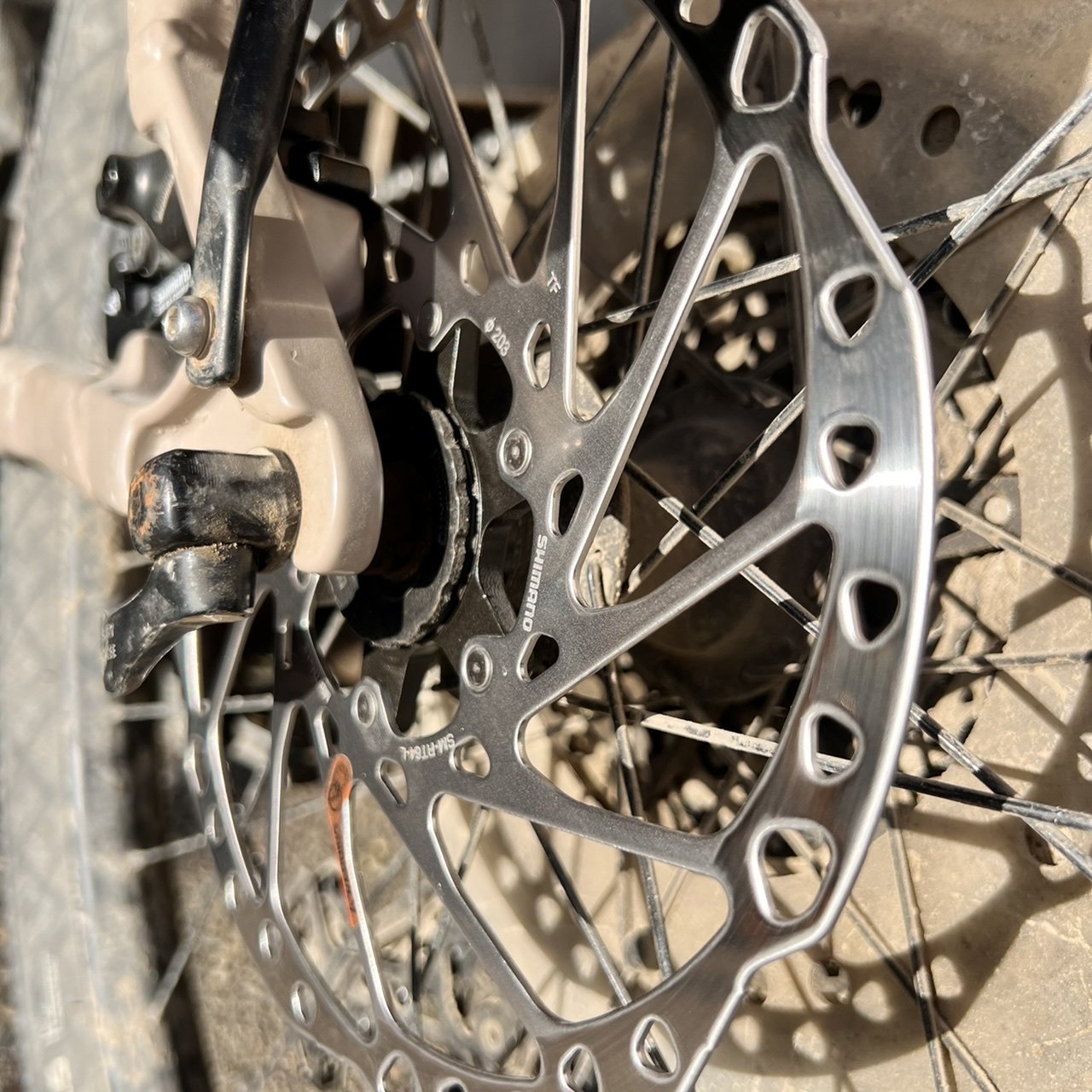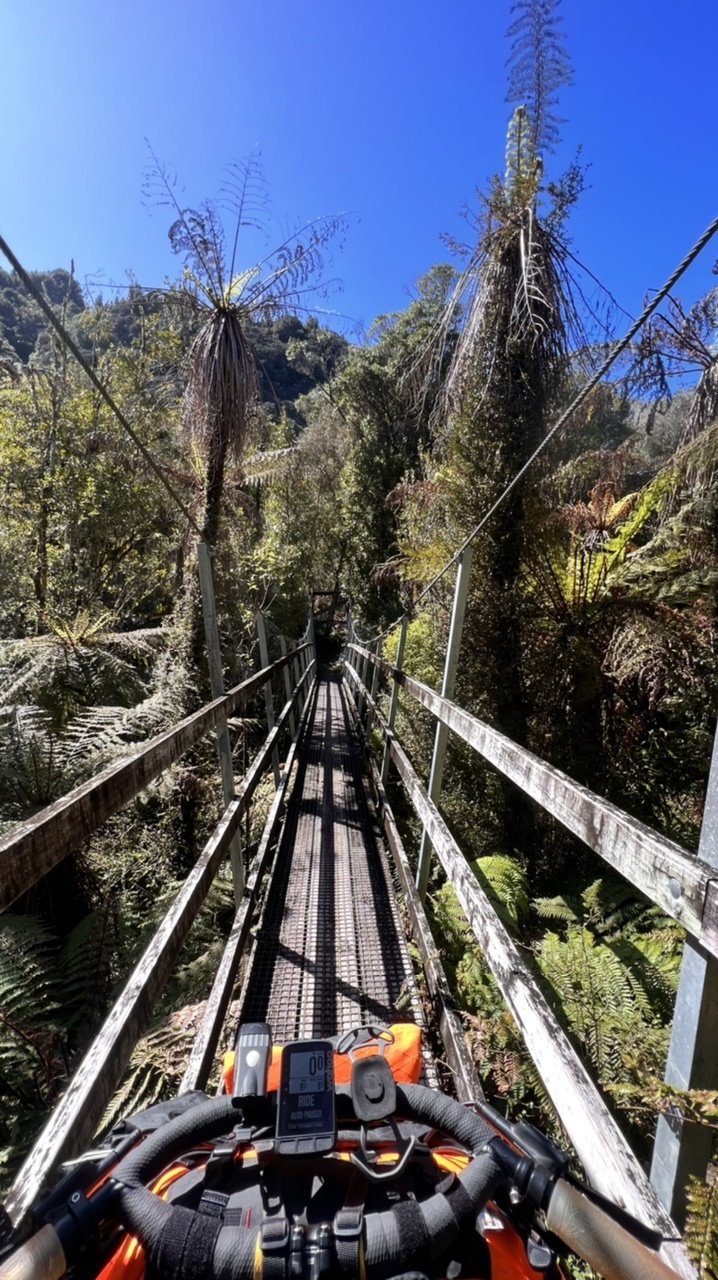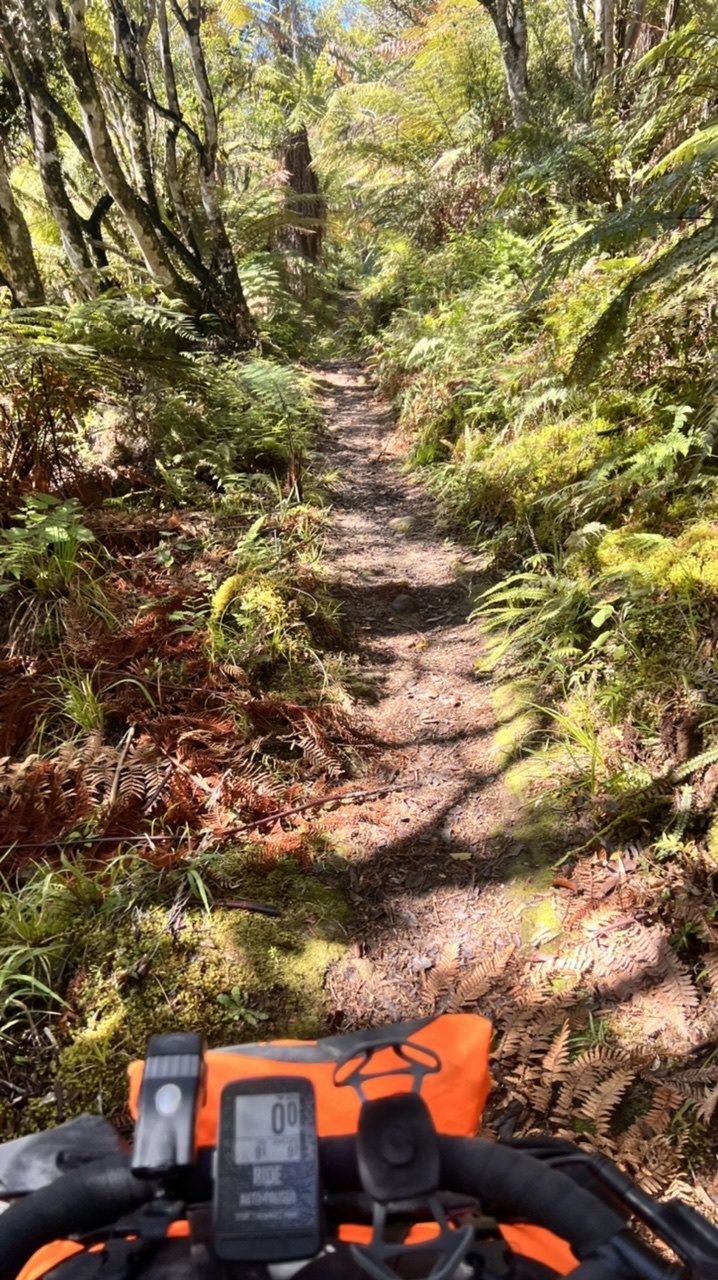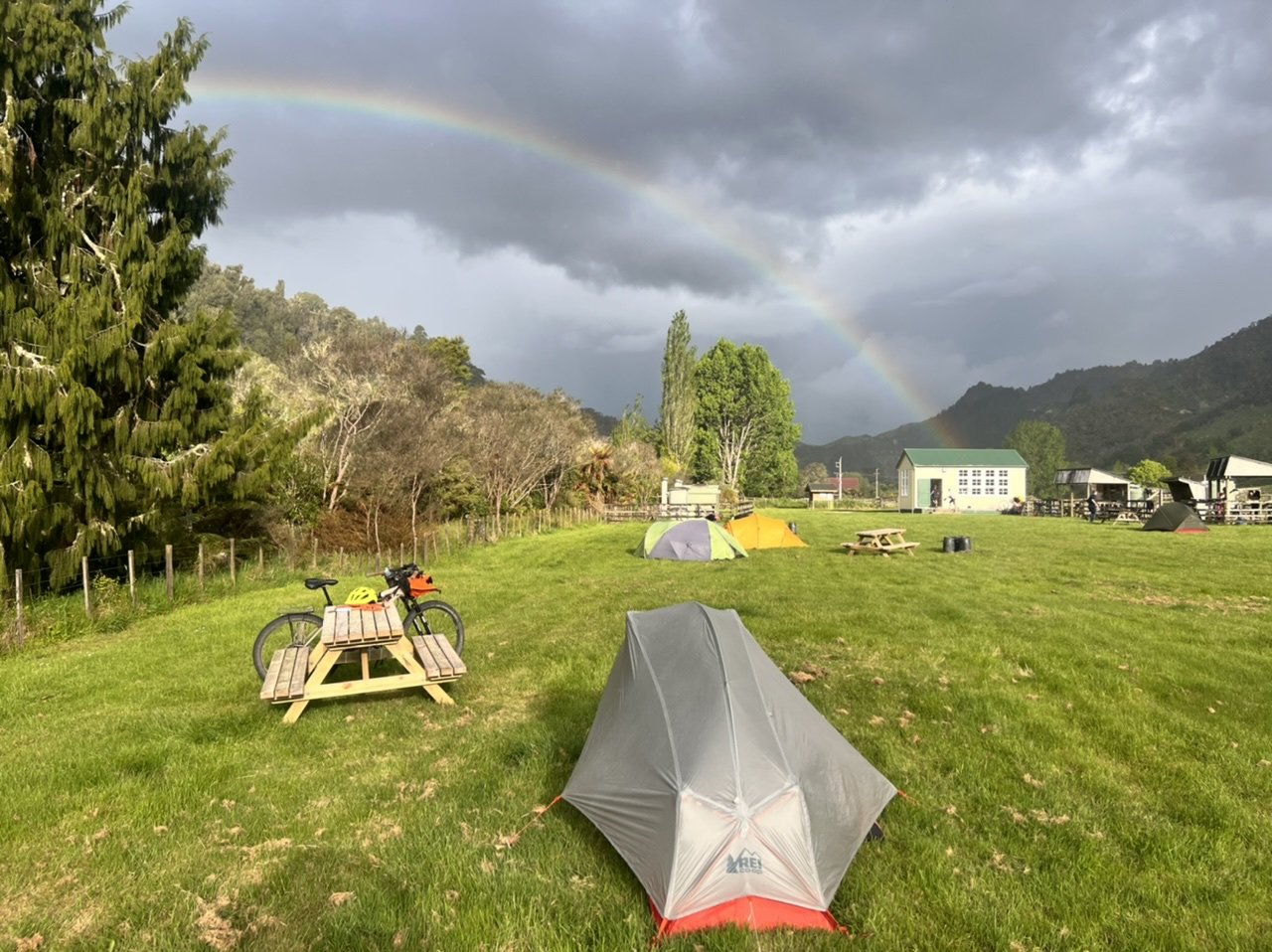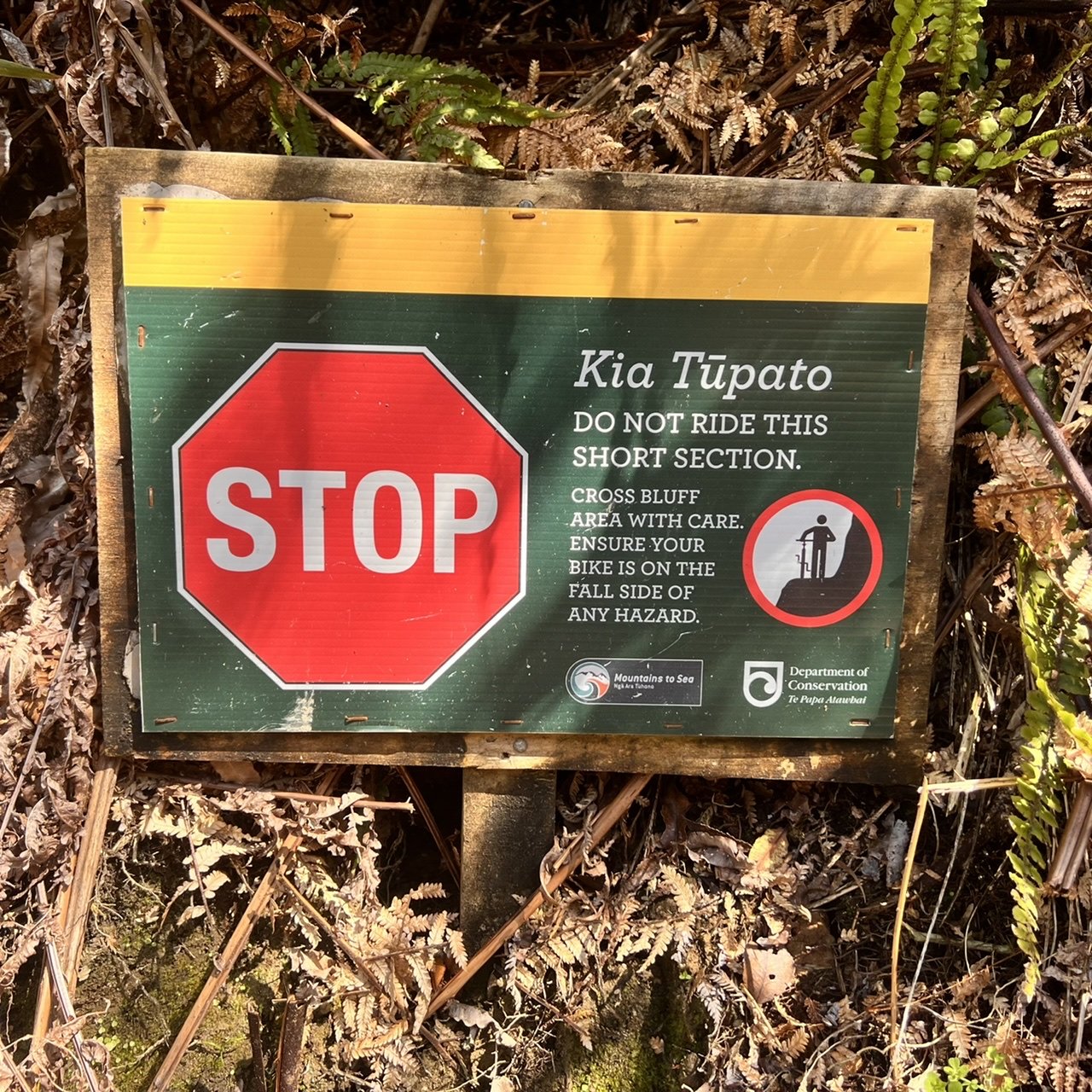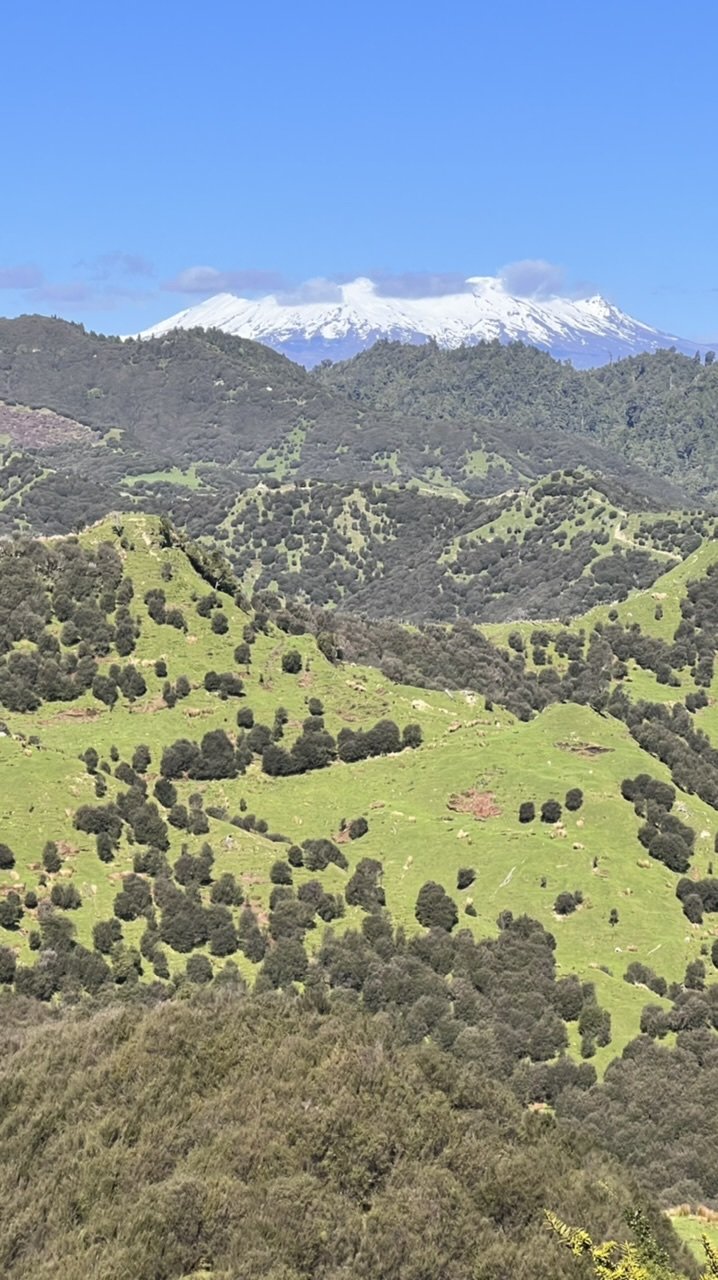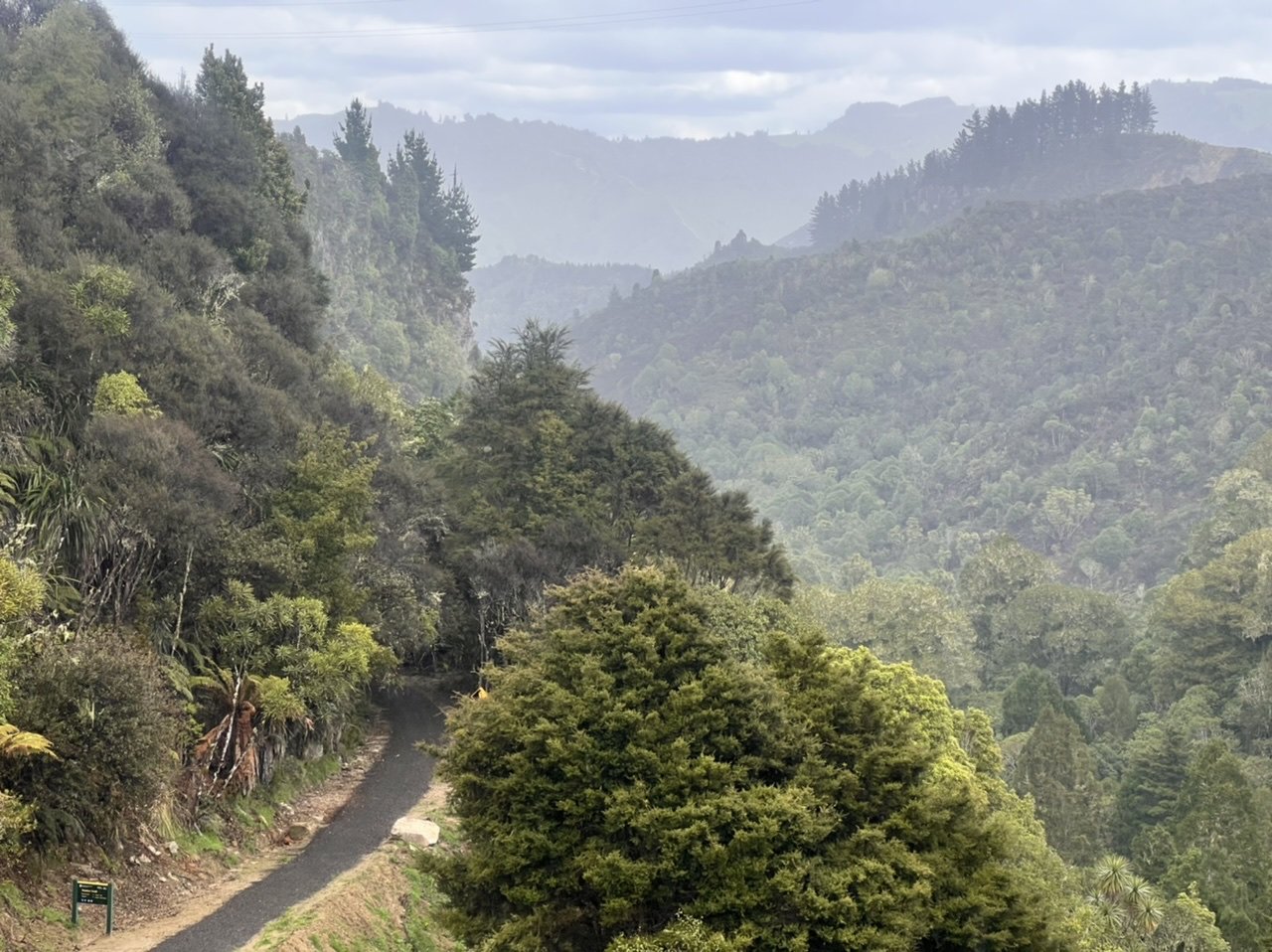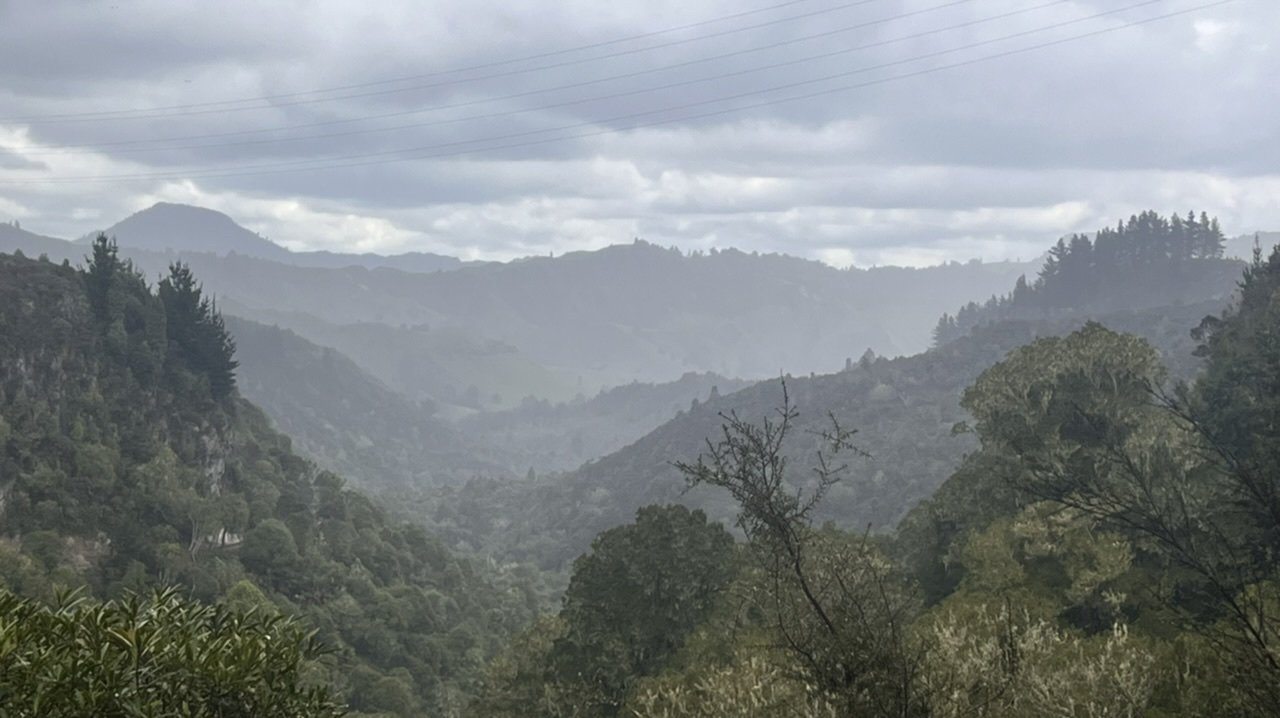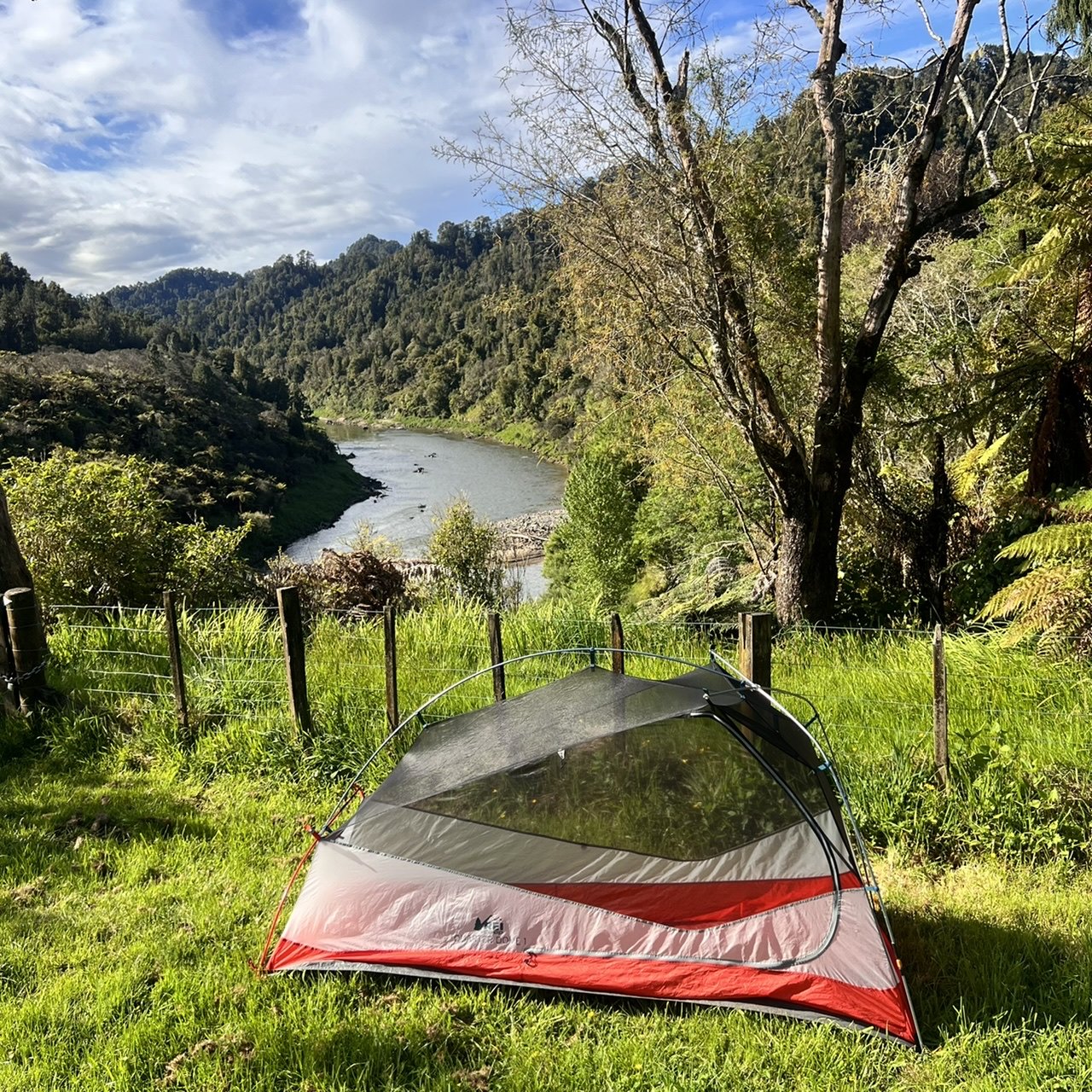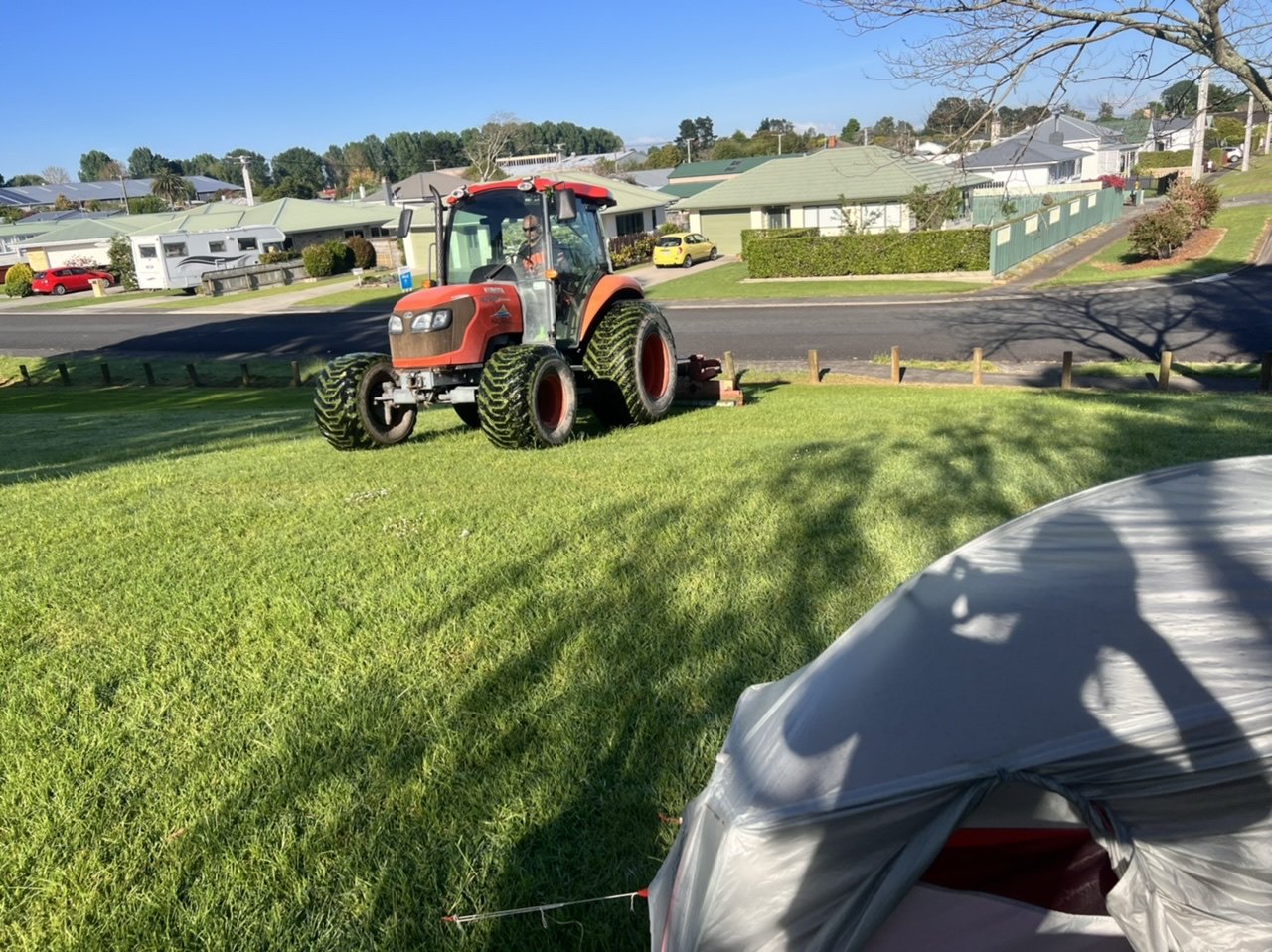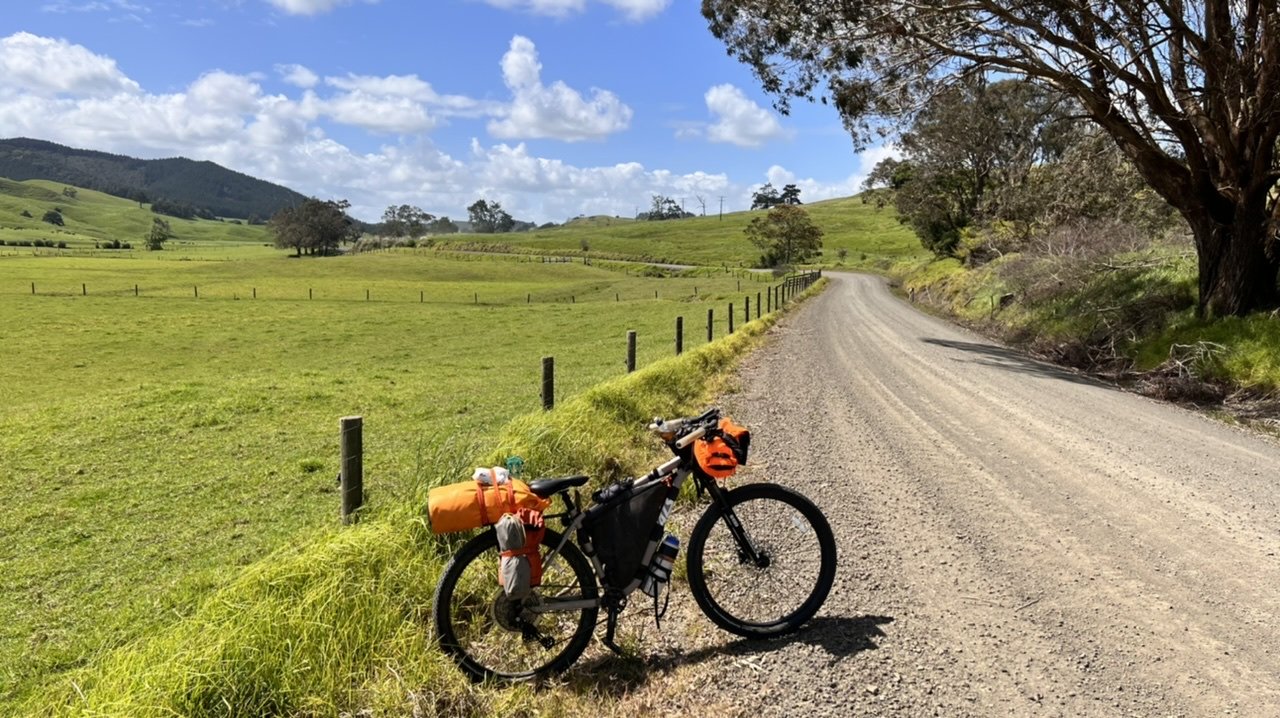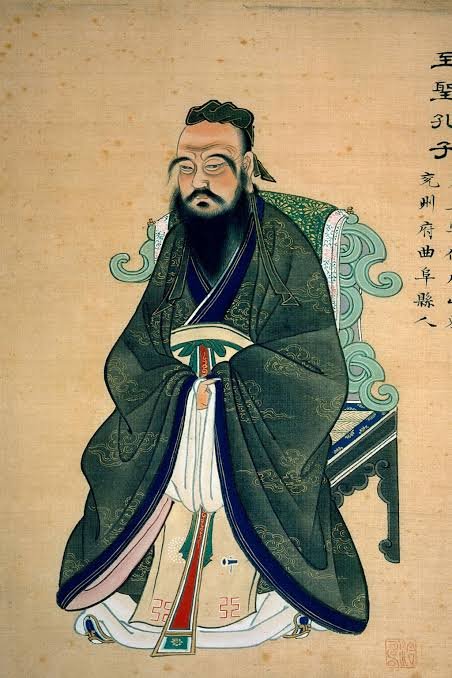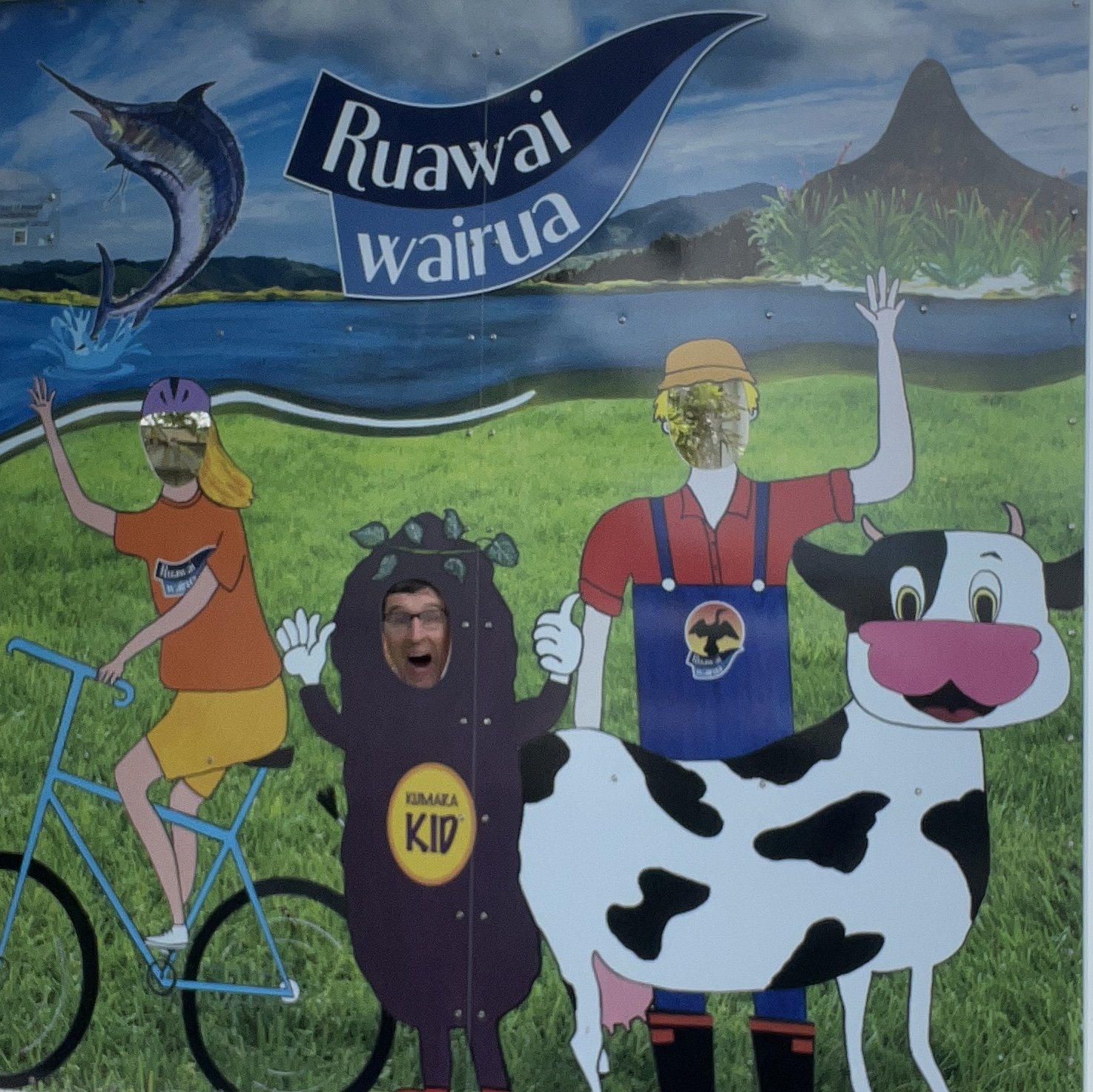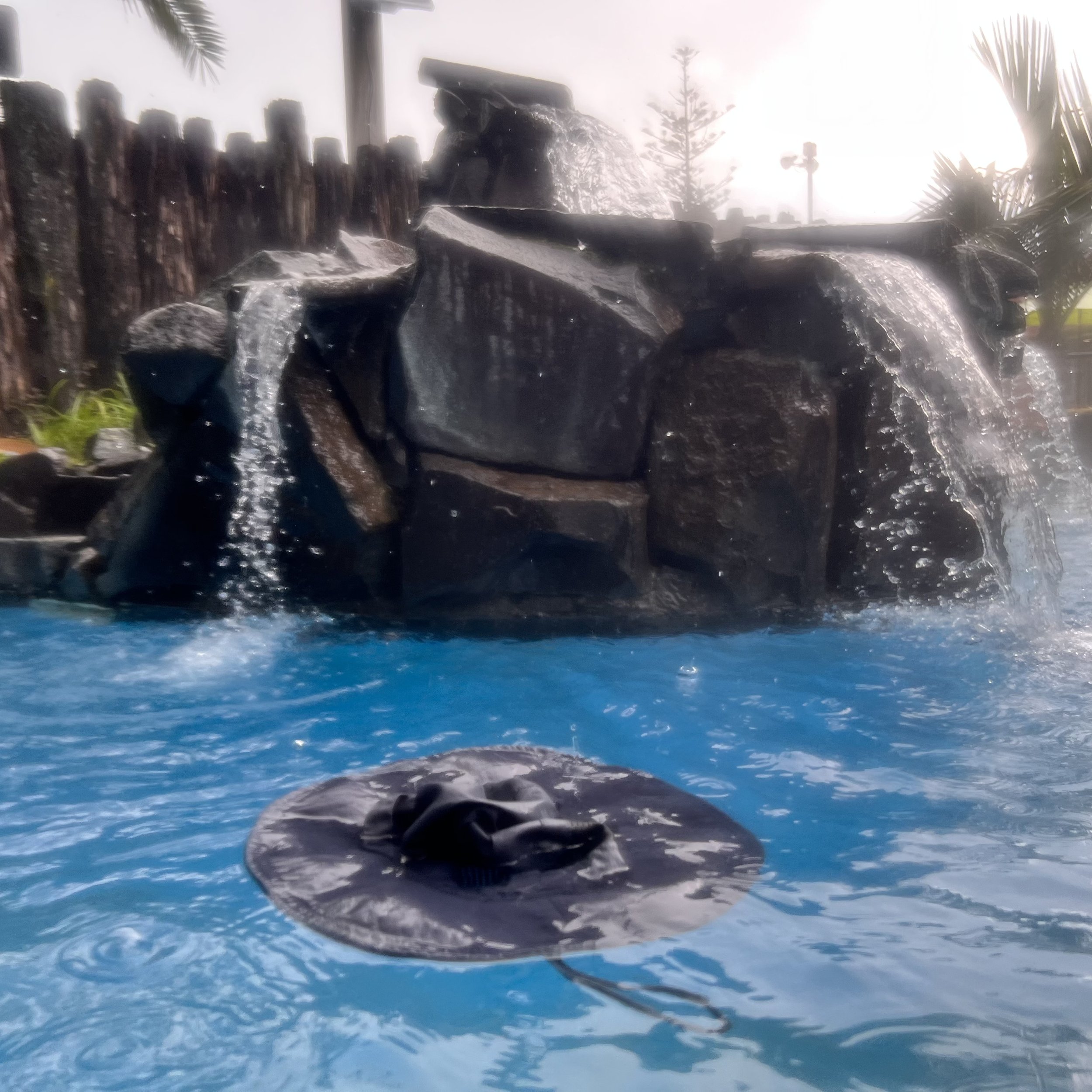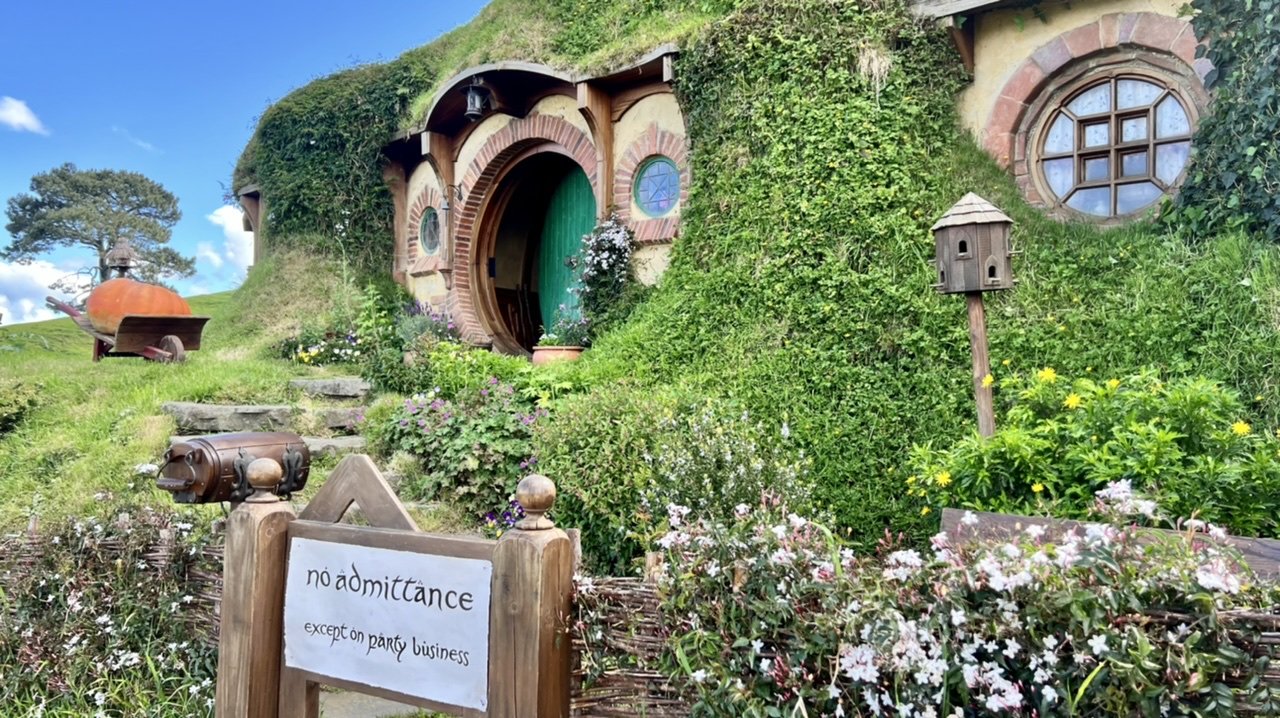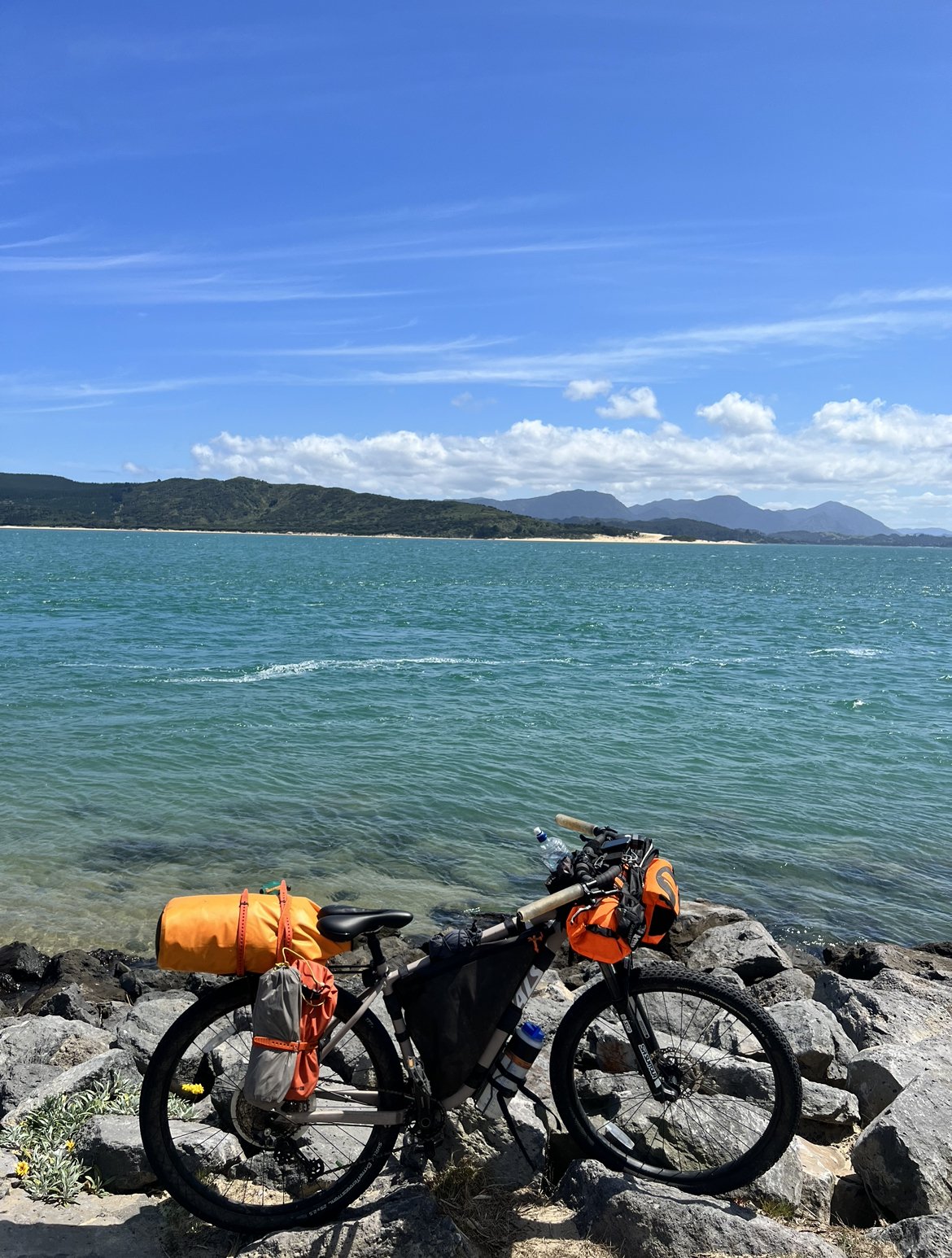Update From The Oddsmaker
“We are here to drink beer. We are here to kill war. We are here to laugh at the odds and live our lives so well that death will tremble to take us.”
—Charles Bukowski
I ran across this quote at the Lazy Cow, a funky little backpackers in Murchison where I stayed on Friday to do some laundry, writing, and route planning. It was an easy riding day, only 33 km, but with plenty of fun little moments. Four river crossings, and six more on Saturday.
Nothing major, certainly nothing that warrants taking all the baggage off and walking it across. (That did happen in Tasmania.) On these narrow winding mountain trails, the fords are fast and narrow too. You get a good head of steam on the downhill leading into them, then lose all that momentum to the water and you have to slog up the hill on the other side. If you want to keep your shoes from getting soaked, you can take your chances and hold your feet way up high off the pedals like you’re on one of those saucer sleds.
Ten childish careening river crossings in two days is living life so well that death will tremble to take us. So is staying at a backpackers where the rooms don’t have numbers, they have named cows. (I stayed in Clover.) So is eating an entire pizza in one sitting at the Cow Shed, the warm and cozy restaurant next to the Lazy Cow.
Now, having run across that Bukowski quote, I wonder if the whole point of this odyssey is to laugh at the odds. That said, I’ve got to give you new odds on whether I finish. A month or so ago I told you to bet everything you’ve got against me. Now I think it’s 50/50, maybe even 51/49 in my favor.
At no point did I think I could make it all the way to Bluff, and in fact I deliberately put any thought of that out of my mind. But then I set foot on the South Island. At that moment it hit me: maybe I can do this. I’m more than halfway. I’m standing on the same land Bluff is on. I just have to get to the other end.
Don’t get me wrong: it’s still a big job. Booster’s getting parts replaced left and right, and of course I have yet to receive replacements or repairs myself. I’ve had maybe six or seven falls bad enough to draw blood, and not a single serious injury. That’s a lucky streak that can’t last—or maybe it can, if I laugh at it and keep living well.
Every mile of the road ahead is an unknown. That’s why you have to laugh at the odds: because otherwise you don’t go. I place my odds at 51/49 because while I finally believe I’m physically and psychologically capable of this, the proof is still in the pudding. I think the possibility of an adventure-ending injury is still out there. I’ll keep laughing, though, and keep trying to make death tremble.


